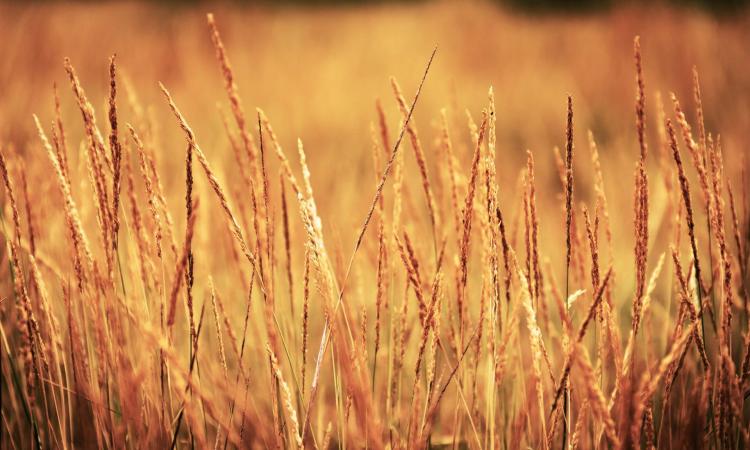
India's food system produces large environmental impacts but these vary by diets. The per capita environmental impacts of diets in India are currently lower than those of many high-income countries due, in part, to habitually low consumption of animal source foods. But, this relatively low per capita impact may change due to the “nutrition transition” from cereal-dominated diets towards diets high in animal-source and highly processed foods, at least among some segments of the population.
A study tried to quantify the greenhouse (GHG) emissions and water usage associated with distinct dietary patterns in India by combining various data sources on food consumption. The analysis was based on a predefined set of five distinct dietary patterns that capture some of the regional diversity in Indian diets. Five distinct diets were identified for the study—rice and low diversity, rice and fruit, wheat and pulses, wheat, rice and oils, rice and meat.
Diversifying diets can have severe environmental impacts
The distinct dietary patterns explored in the study had markedly different environmental implications. There was substantial variability between diets: the rice-based patterns had higher associated GHG emissions principally due to methane emissions from flooded rice crop production.
Rice-based diet also indicates green water footprints i.e. of rain water that cycles via the topsoil and evapotranspiration. But wheat-based patterns had higher blue water footprints i.e. ground and surface water used for irrigation.
Emissions associated with the production of animal-source foods were generally greater per kilo of food produced than those of plant-based foods, and the dietary pattern with the greatest emissions was the rice and meat pattern. The rice-based patterns also had higher green water footprints, since rice is typically grown in kharif (monsoon) season and the majority of its water requirements are met by rainfall. Conversely, the wheat-based patterns had the greatest blue water footprints, since wheat is typically grown in the rabi (dry) season, relying on residual soil moisture and irrigation.
As India continues in its nutrition transition, people currently consuming the rice and low diversity pattern will be likely to adopt more diverse diets. The adoption of one of the wheat-based patterns or the rice and fruit pattern would result in reduced per capita GHG emissions but an increased green and blue water footprints. However, if these patterns were adopted without the increase in overall energy content implied by current consumption patterns, the wheat-based patterns would be lower in green water footprints than the reference diet, while the rice and fruit diet would be lower in blue water footprints.
This indicates the importance of overall dietary energy intake as well as the dietary pattern for the environmental consequences of diets. Adoption of the rice and meat pattern would result in an increase in all three measures of environmental impact even if dietary energy intake was not increased.
Policy relevance and research needs
The variation in GHG emissions and water footprints between dietary patterns may inform efforts to quantify future environmental implications of dietary choices and opportunities to minimise environmental impacts, either through influencing dietary choices or through adapting production. Dietary preferences in India are changing due to factors including increasing disposable incomes, urbanisation and globalisation.
Many countries have experienced a “nutrition transition” typified by increasing consumption of animal products, edible oils and sugar-sweetened beverages and decreasing consumption of cereals and pulses.
However, vegetarianism is common in India for religious and cultural reasons, and while rising meat consumption was a major feature of China's nutrition transition, India's transition may instead be typified by the rising consumption of milk and dairy products.
The dietary patterns showed a strong link with the region with respect to the preference for rice or wheat as a staple grain. The shift in diets from traditional and low-diversity consumption patterns are likely to be region specific.
Diversifying diets, away from a staple of polished rice, may deliver environmental and health co-benefits, including reducing the risk of diabetes, improving micronutrient intake and reducing GHG emissions from methane, but whether such changes to staple foods in the diet would be acceptable to the population is a key question for future research.
This study has shown that the per capita environmental impacts of typical diets in India are relatively low compared to diets in high-income countries and that there is a wide variation between different dietary patterns. As diets in India continue to change, there is the potential for the environmental impacts of food systems to increase, and the implications for water resources may be particularly vital for future food security and health.
The full paper can be read here